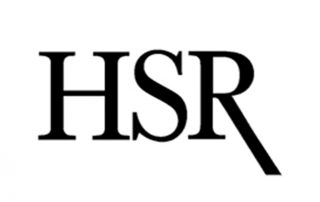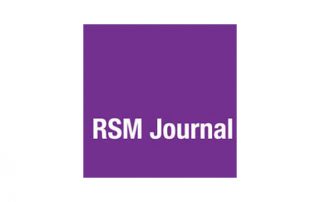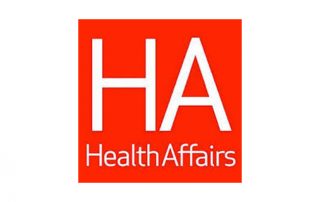PRESS RELEASE: IVI Publishes Depression Economic Model Scope
Alexandria, VA — April 12, 2021 — The Innovation and Value Initiative (IVI) — a nonprofit organization dedicated to advancing the science, practice, and use of value assessment in healthcare — today published the initial scope of its Open-Source Value Project Major Depressive Disorder (MDD) economic model. The scope document will be open for public [...]







